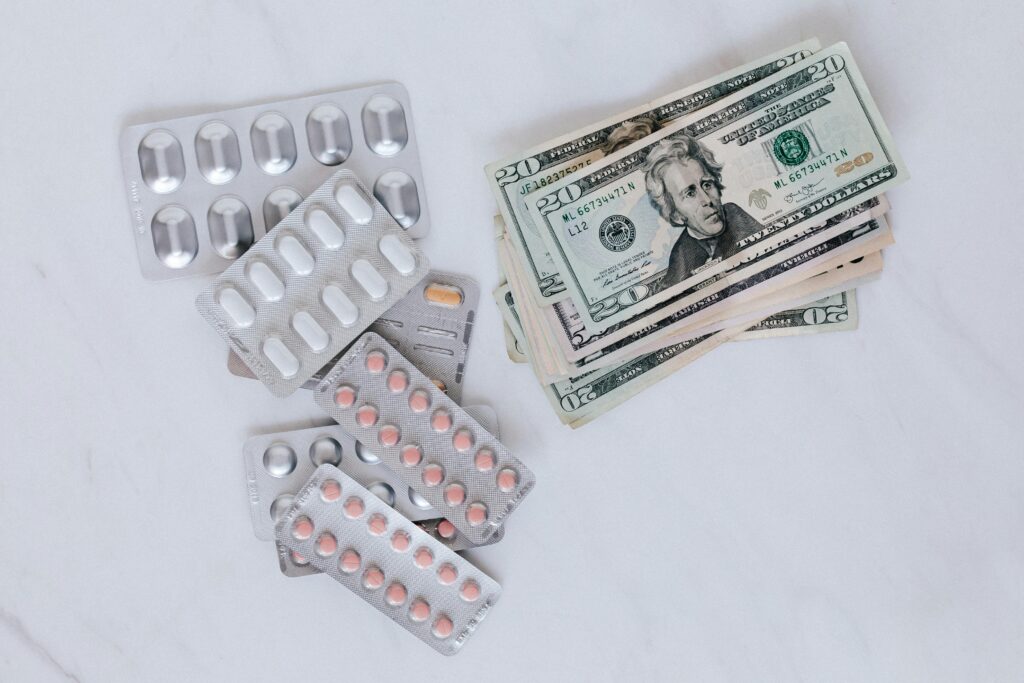
Understanding Payment Options for Addiction Detox and Rehab
Overview of Addiction Detox and Rehab Costs
When considering addiction detox and rehabilitation, it is crucial to understand the various costs associated with these programs. The financial implications can vary widely due to several factors, including the length of stay, the type of facility, location, and the level of care required. Typically, addiction treatment can be categorized into inpatient and outpatient services, each of which presents distinct pricing structures.
Inpatient facilities often provide a comprehensive range of services, which may include medical supervision, therapy, and support around the clock. As a result, these programs tend to be more expensive, with costs ranging from $6,000 to $30,000 for a 30-day stay, depending on the amenities and personalized care offered. On the other hand, outpatient programs can be significantly less costly, usually falling between $1,000 and $10,000 for similar treatment durations, but they may not provide the same level of monitoring or support as inpatient options.
The location of the treatment facility also plays a significant role in determining costs. Facilities situated in urban areas or affluent regions typically charge higher fees compared to those in more rural settings. Additionally, the level of care required for an individual’s specific condition can influence pricing. For example, those requiring detox services will often incur higher expenses due to the intensive medical oversight needed to manage withdrawal symptoms.
Furthermore, individuals should consider other financial aspects such as insurance coverage, sliding scale fees, and financial aid offered by treatment centers. Many facilities work with insurance providers to help mitigate costs, making it essential for individuals to verify their coverage details. Understanding these financial commitments is a vital step in ensuring a successful journey through addiction detox and rehab.
Payment Methods for Addiction Detox and Rehab
When seeking addiction detox and rehabilitation services, understanding the available payment methods is crucial for individuals and their families. Various options can significantly impact the accessibility and affordability of treatment. First and foremost, many people rely on private health insurance to cover the costs associated with addiction services. Depending on the policy, it may include inpatient rehab, outpatient programs, and related medical expenses. It is important for potential patients to verify in advance what services their insurance covers, as well as any copayments or deductibles they may incur.
Additionally, government funding programs often provide essential resources for those in need of substance use treatment. These programs can be available at both the state and federal levels, helping to subsidize the costs for eligible individuals. Medicare and Medicaid may cover detox and rehab services for qualified individuals, easing financial burdens for those facing addiction. However, eligibility criteria can vary, so consulting with a representative can clarify what assistance is available.
For those without insurance or sufficient government support, self-pay arrangements become a viable option. Many treatment facilities offer flexible payment plans that allow patients to pay in installments, making the treatment process more financially manageable. Furthermore, medical loans are another alternative for individuals who may not possess immediate funds. These loans can provide upfront costs for treatment, which individuals then repay over time, allowing patients to focus on recovery without the stress of hefty payment at the outset.
Each of these payment methods presents unique advantages and considerations. It is vital for individuals to assess their personal financial situations, explore the breadth of options, and choose the path that aligns with their recovery journey and financial capabilities.
Pros and Cons of Payment Methods
When considering payment options for addiction detox and rehab, it is crucial to weigh the advantages and disadvantages of each method. One of the most common payment methods is insurance, which often reduces out-of-pocket costs significantly. Many insurance plans cover a variety of treatments, enabling patients to access necessary care without substantial financial strain. Additionally, insurance providers may have established networks, so treatment facilities that are part of these networks might offer better rates.
However, relying on insurance can come with challenges. Insurance companies may impose limitations on the duration of treatment or the specific services covered. Patients might also face the prospect of denied claims, leading to unexpected bills. This uncertainty can add stress to an already difficult situation. Moreover, individuals without insurance may find themselves facing high costs associated with the care required for addiction treatment.
Self-paying for treatment is another option, giving patients greater control over their choices. Many facilities offer payment plans designed to make the financial aspects of detox and rehab more manageable. However, self-pay options can lead to significant debt if not carefully managed. The pressure of financial obligations can detract from the recovery process, making it crucial for individuals to consider their financial situation before choosing this route.
Alternative payment methods, such as crowdfunding or medical loans, have emerged as viable options for some individuals. Crowdfunding platforms can enable friends and family to contribute, alleviating financial burdens. Nevertheless, this method may not be feasible for everyone, and medical loans can contribute to long-term debt, complicating a person’s recovery journey.
In conclusion, understanding the pros and cons of various payment methods is essential for individuals seeking addiction detox and rehab. By carefully assessing personal financial circumstances and considering both traditional and alternative payment options, individuals can make informed decisions that best support their recovery efforts.
Easiest Ways to Pay for Addiction Detox and Rehab
Navigating the financial landscape of addiction detox and rehab can seem daunting, but there are several straightforward options available to help individuals fund their treatment. One of the most accessible methods is through health insurance. Many plans cover a portion or the entirety of addiction treatment, making it imperative for patients to verify their coverage. This can often be done by contacting the insurance provider directly or discussing it with the treatment facility, which can offer assistance in understanding potential benefits.
Another valuable resource is the availability of financial advisors who specialize in healthcare costs. These professionals can assist individuals in creating a budget that accommodates treatment expenses while exploring various financial options. They can provide insights into payment plans offered by rehab centers, which may allow patients to spread costs over time, making it more manageable.
For those lacking insurance or sufficient financial resources, nonprofit organizations often provide grants or scholarships specifically for addiction treatment. Numerous charitable foundations and local community organizations offer financial aid to individuals seeking help. Researching these options and applying for assistance can significantly alleviate the financial burden associated with rehab.
Additionally, crowdfunding platforms have emerged as a modern solution for securing treatment funds. Individuals can share their stories and seek help from friends, family, and even strangers who may be willing to contribute. This approach not only raises money but also fosters a sense of community support, which can be especially uplifting for those in recovery.
In summary, by leveraging insurance coverage, consulting financial advisors, exploring nonprofit assistance, and utilizing crowdfunding, individuals can find the easiest ways to pay for addiction detox and rehab. These options provide not just financial relief but also empower individuals on their path to recovery, ensuring they have the resources needed to pursue a healthier future.






